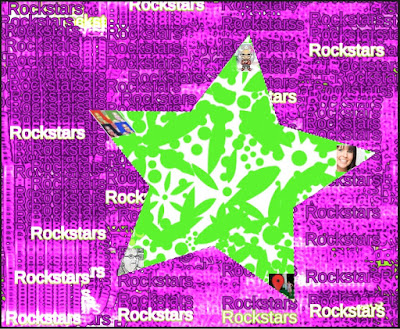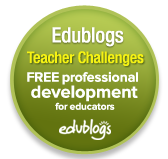21st Century Learning & Writing

The #elemchat on Dec. 17th, focusing on strategies and approaches for helping students become better writers , got me thinking about what writing looks like in 21st century learning. What does 21st century learning look like? Some rights reserved by sntgmdm Students engaged in authentic task Students are collaboratively problem solving Collaboration -- students helping peers Students are creating original work to represent their ideas Teacher is walking around the room facilitating Noticeable routines and procedures for getting help and transitioning Learning is interactive and engaging Students are on task and taking risks to learn Students are forgetting they're learning Ongoing assessment/feedback/reflection All of the above can be with or without technology What does 21st century learning sound like? Teacher facilitating instead of directing Focused noise--it's not silent while they are on task Student led discussions Respectful discussions a






